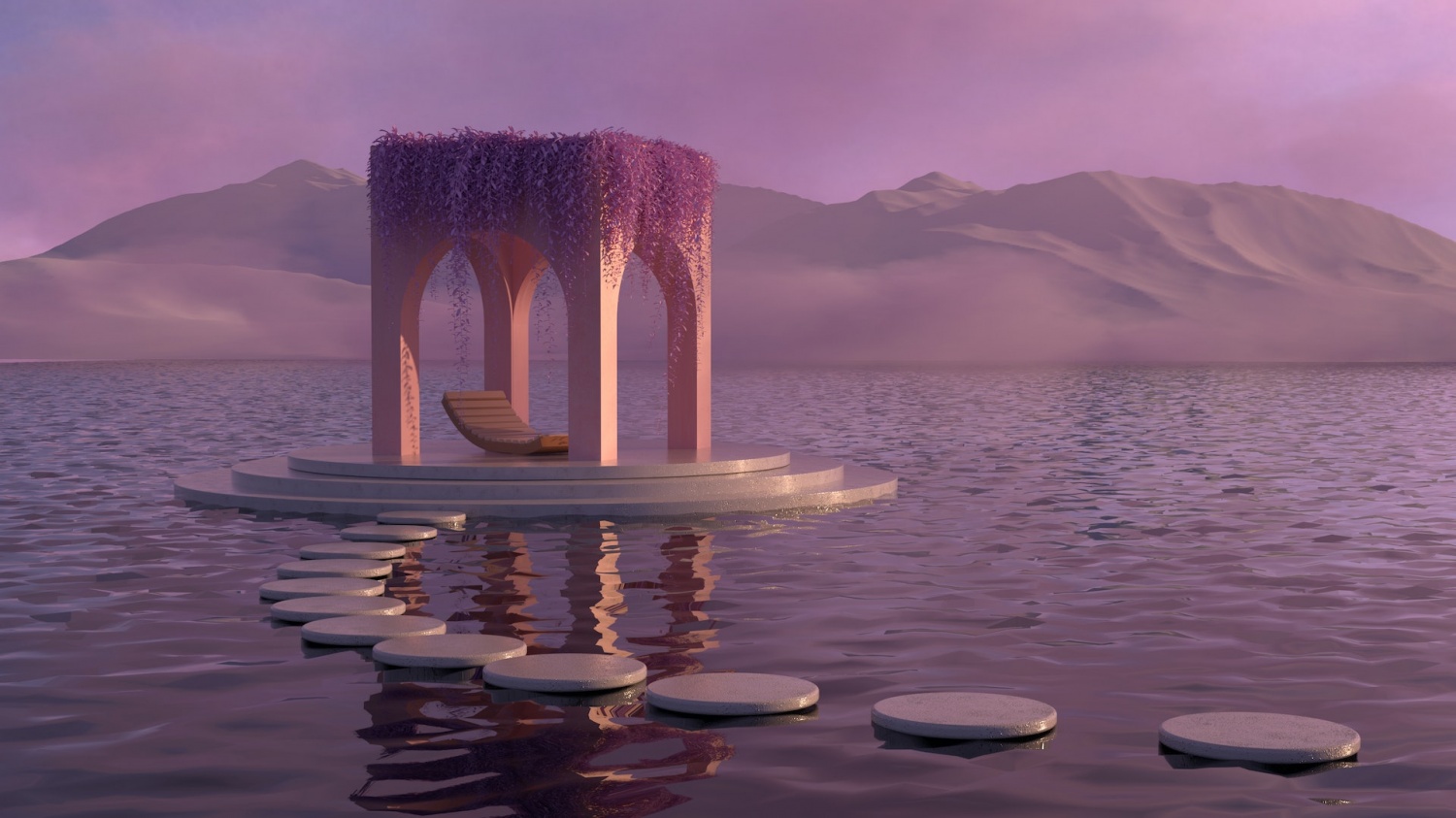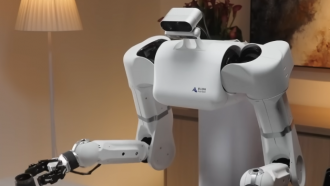
The only cure for the ills of democracy is more democracy, an American politician once declared. His name was Alfred E. Smith, and he ran for president in 1928. He was crushed in an historic landslide.
Smith's abstract faith in political progress didn't win him enough votes, but he did have the last laugh: Al Smith lost the election to Herbert Hoover, who was himself crushed a year later by economic forces beyond his control.
So what do Alfred E. Smith and his pedal-to-the-metal view of democracy have to do with cinema, storyboards and creativity? The answer is that this maximalist view is the way many in Hollywood today view leading-edge technology: Sure, there are problems with its excesses, but the cure for it is simply more of it.
Many in and outside the industry are skeptical, and not just the actors currently walking the picket line on Melrose or West Pico. For some cinematic artists and their admirers, the latest episode in the Indiana Jones franchise was an epiphany. What caught the eye of the harshest critics were the high-tech special effects. Phrases like "disappointing facsimile," "unreal visuals" and "digital sludge" peppered reviews. Many were especially irritated by the much-hyped CGI-driven "computer de-aging" process, by which the octogenarian Harrison Ford became a younger Indiana Jones, albeit one with the moves and flexibility of Forbidden Planet's Robbie the Robot.
So is the cure for the ills of state-of-the-art cinematic technology more technology?
Many of the most gifted filmmakers say that as incredible as these high-tech wonders are, they need to come with one absolutely essential feature: a pause button. Without reflection, applying the newest tech advances uncritically is often inimical to maximum creativity, they say.
"Movies are about stories, and in our CGI- and AI-obsessed studio culture, telling a great story is becoming a lost art," contends Toronto film producer Bardya Ziaian. "That is one reason you see so many sequels and reimagined classics, served up with rapid cuts, a quicker pace, a fresher face and a digital gloss. The original idea, the way the story was meant to be told, is the hardest thing to recreate."
The Screen Actors Guild is rightly concerned about studios capturing the image, personality and essence of an actor, digitizing it and confining it to a Matrix-like limbo, from which it can be conjured to perform in a blockbuster sequel next year or next century. But there's something even more basic to worry about, many screenwriters, directors and producers believe: Reliance on CGI/AI wizardry often crowds out the story, creating one-dimensional characters who follow predictable, uninspiring narrative arcs.
"Isn't it ironic that when we talk about the Golden Age of Hollywood, we're referring to films from seven and eight decades ago?" Bardya Ziaian asks. "What did those creatives have that we've lost? They didn't have the digital visuals, but they had an engaging story. They could make you laugh, make you cry. They didn't annoy you with CGI marching clone armies."
In fact, sometimes those Golden-Age special effects were part of the fun. We laughed at the awkwardly obvious strings propelling the Wizard of Oz flying monkeys, or at the thought of the Tin Man spending hours jacketing himself in his silver suit. Or we pondered the backstory of the Wicked Witch's exit from Munchkinland, a special effects disaster chronicled for the ages in Technicolor.
"Take Citizen Kane as another example," challenges Ziaian. "The technical innovations were firmly rooted in the talents of the cinematographers, writers and director. The unique camera angles and perspectives, the incredible use of light and shadow - yes, they represented technological advances, but they relied on a creative vision and enhanced the story, rather than distracted from it.
"Watching this masterwork 80 years later, we can imagine the obstacles to filming each scene, the creative solutions, the brilliant innovations. We know the film's priceless visuals were the work of gifted creatives who pushed themselves beyond the limit. The wonder didn't magically appear by clicking commands into a keyboard."
* This is a contributed article and this content does not necessarily represent the views of techtimes.com





